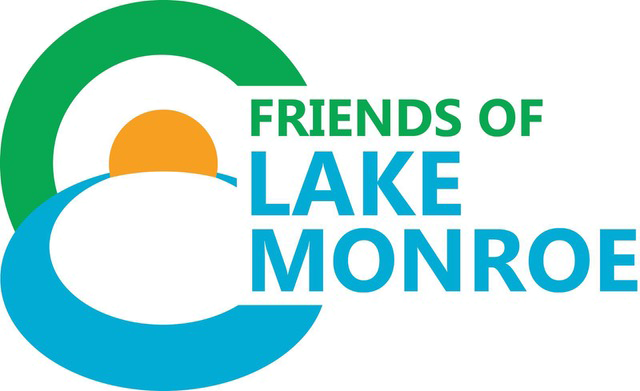Water Sampling Update - 3rd Quarter of Watershed Management Plan
This past quarter (May-July 2020) the big focus has been on water sampling. One of the goals of this project is to understand the movement of nutrients and sediment through the watershed and through the lake. Which streams in the watershed contribute the most sediment? Is sediment primarily coming from disturbed soil in the watershed, erosion of stream banks, lakeshore erosion, or something else? The Indiana University School of Public and Environmental Affairs Limnology Lab (whew!) has been sampling Lake Monroe monthly at three different locations since May and will continue through September.
During the summer months, water in the lake stratifies due to temperature differences – water at the top of the lake is heated by the sun and warm air while water near the bottom of the lake remains (relatively) cold and the two layers generally do not mix. With stratification in mind, samples are collected from two different depths at each lake sampling spot and analyzed separately to best understand water quality. An additional lake sampling event was conducted by the United States Army Corps of Engineers in July as part of their annual sampling initiative.
The IU SPEA Limnology Lab has also been collecting samples monthly from 5 stream locations since April and will continue monthly for one year. The locations are:
North Fork Salt Creek
Middle Fork Salt Creek
South Fork Salt Creek
Crooked Creek
Lake Monroe Tailwaters
Sampling results from the four streams that flow into the lake and the tailwaters flowing out will be useful in studying the movement of constituents through the lake. While the results should give us an idea of which main tributary contributes the highest level of each constituent, they are not as helpful in identifying specific source location.To get a more detailed snapshot view of the watershed, Friends of Lake Monroe and the IU SPEA Limnology Lab will be hosting a fall water sampling blitz on Friday, September 18th. This event will engage 100 volunteers in examining 125 sites in the watershed. The sites include smaller streams like Greasy Creek, Sweetwater Creek, Hamilton Creek, Gnaw Bone Creek, etc. in addition to the main tributaries. Please join us for a fun day of water sampling by registering at https://friendsoflakemonroe.org/event/watershed-sampling-blitz/.
There are several other independent projects happening as well. The Brown County Regional Sewer District is collecting samples in Brown County to evaluate the levels and sources of E. coli in streams. Of particular interest is determining if E. coli comes from human sewage, livestock manure, or wildlife. We will be sharing sampling data between the two projects.The City of Bloomington Utilities Storm Team is collecting samples from South Fork Salt Creek at Kurtz during high flow periods to examine sediment, nutrient, and E. coli concentrations during storm events. Analysis of these samples will give a better idea of what is being washed into streams during a heavy rainfall. Flow data from the newly installed United States Geological Survey stream gage will allow us to calculate overall loads.The next quarter (August-October) will be focused on running the sampling blitz as well as expanding our outreach and education efforts. We recently received approval to install roadside signage at 9 locations in Monroe County marking the boundaries of the Lake Monroe watershed. Our plan is to install additional signs in Brown and Jackson Counties. We are also exploring options for virtual school programming.
Please join us (virtually) for our next Friends of Lake Monroe public meeting on Wednesday October 21 at 6:00. Consider supporting our work by becoming a member of Friends of Lake Monroe. Volunteer at our fall sampling blitz or at a lakeshore cleanup event.Thank you for your support of our work to create a watershed management plan for the lake. If you have questions or comments, please don’t hesitate to reach out to watershed coordinator Maggie Sullivan at watershed@friendsoflakemonroe.org or by phone at (812) 558-0217.



